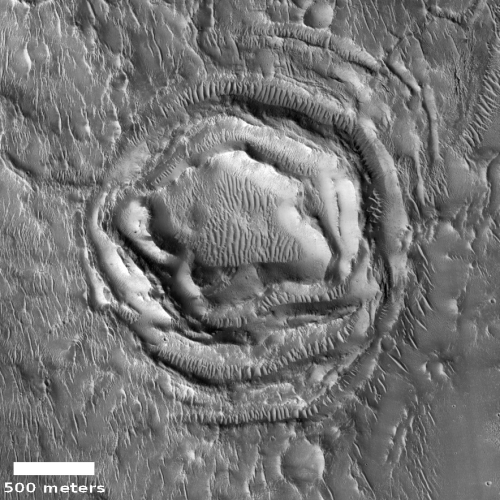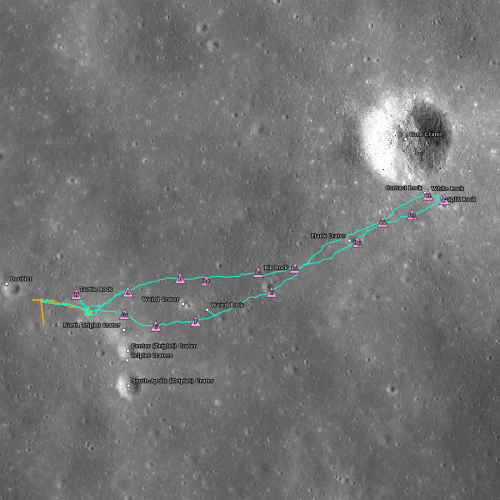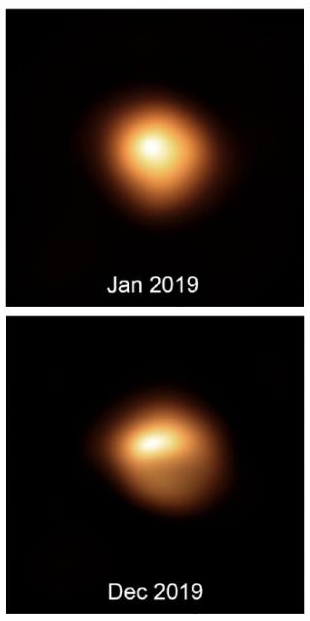During a press conference yesterday Biden’s press secretary Jen Psaki stated that the Biden administration plans to continue the Artemis manned lunar program that was initiated by the Trump administration.
“Through the Artemis program, the United States government will work with industry and international partners to send astronauts to the surface of the moon — another man and a woman to the moon,” Psaki told reporters in a White House press briefing Thursday. “Certainly, we support this effort and endeavor,” she added.
The Biden administration was under pressure to endorse Artemis, coming from its own party. Both Democrats and Republicans in Congress want the pork it represents to them. This statement now aligns Biden with Congress. The American effort to return to the Moon, established by Trump, is now practically engraved in stone.
What the statement that Psaki read did not detail is whether that support will include the SLS rocket or the Orion capsule. Nor did her statement indicate any time schedule for a landing, which adds weight to the supposition that they are going to abandon the Trump’s effort to push for a 2024 manned landing on the Moon.
Moreover, the letter sent to the White House on February 3rd by eleven Democrats endorsing Artemis (available here [pdf]), also said nothing about SLS or Orion. Instead, it was more intent on encouraging the White House to award contracts to the private sector to build the manned lunar lander. NASA had announced on February 1st that it was delaying its decision on who should build it, and those Democrats did not want that delay to result in the contracts getting killed.
Both statements tell us is that SLS itself is presently on very thin ice. Congress wants Artemis, but Artemis is no longer synonymous with SLS. For the past two years the Trump administration had been awarding contracts to numerous private companies to design and build many components of Artemis, rather than have NASA do the designing and building (as it had with SLS). Those contracts have created a cohort of new vested interests that rely on Artemis, all of which I am sure are screaming at their representatives in Congress to keep their work funded.
Furthermore, SpaceX’s development of Starship is clearly showing everyone that an alternative to SLS does exist, and could be operational for much less and much sooner.
To my mind, all this evidence suggests that the Washington political world is getting itself ready for the possibility of abandoning SLS. They don’t want to, but if alternatives to its pork are available that are also more productive, they are steeling themselves for making the difficult political decision of switching.
This evidence also suggests that the Biden administration will continue the policies I outlined in my 2017 policy paper Capitalism in Space (available as a free download here [pdf]) and adopted by the Trump administration. I had recommended that all design and construction should be taken from NASA and given to many different private companies, with that private sector also owning what they build while competing for those government dollars. NASA would outline the project’s goals and concept, and then act merely as a customer which would find others to execute those goals and concepts, as quickly and as cheaply as possible.
If the Biden administration is embracing these recommendations, this is very good news. While the motives of these corrupt politicians might be bad, the result could be very good for the U.S. Allowing the private sector to do the job means it might actually get done, rapidly and for much less. It will also help fuel the growth of a very robust American space industry, which once established will soon no longer depend solely on the government for its business. The lower cost required by the competition to get NASA business will encourage others to buy the products, and soon thereafter the government will become irrelevant to this industry’s success.
This is the model used in the early 20th century to jump start the airline industry. It worked. It now looks like NASA and the govenment will do it in space.







